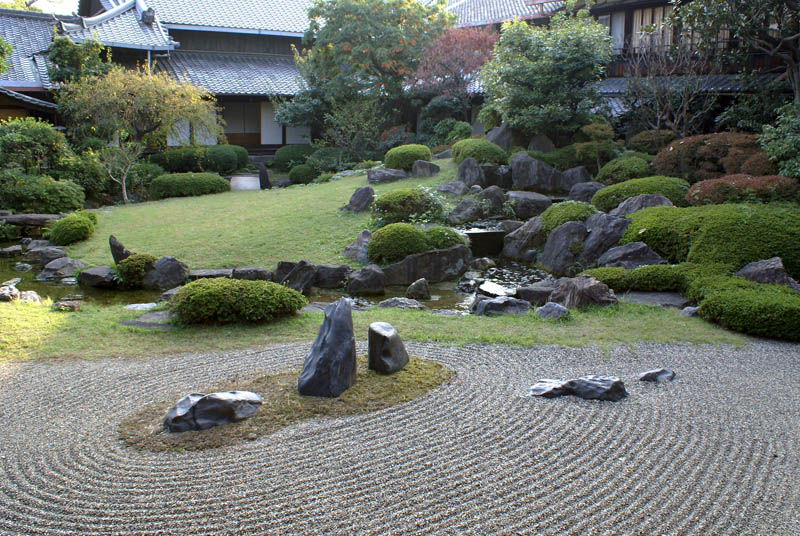
Japanese Gardens can be found at private homes, in neighborhood or
city parks, and at historical landmarks such as Buddhist temples, Shinto
shrines and old castles around the world. In Japanese culture,
garden-making is a high art, intimately related to the linked arts of
calligraphy and ink painting. Japanese gardens were first developed
under the influences of the distinctive and stylized Chinese gardens.
The tradition of Japanese gardening was historically passed down from
sensei to apprentice. In recent decades this has been supplemented by
various trade schools [Source: Wikipedia]. Below you will find a stunning collection of 20 beautiful Japanese Gardens around the world. Enjoy!
2. Japanese Garden – Buenos Aires, Argentina
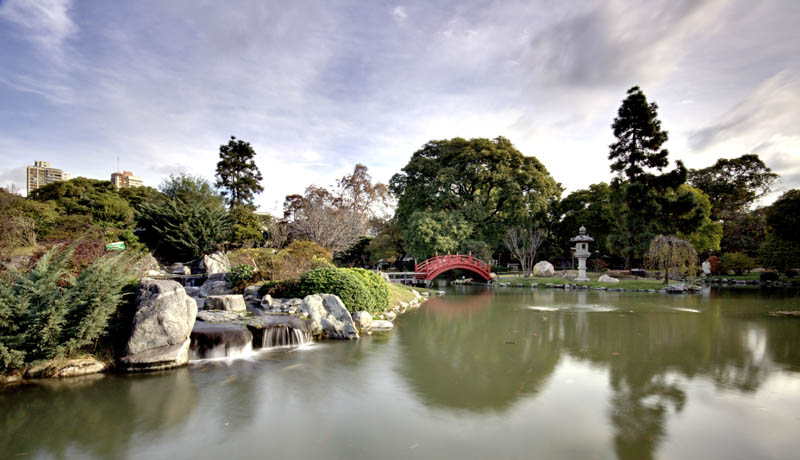
Photograph by LUIS ARGERICH
3. Ryoan-Ji Zen Garden – Kyoto, Japan
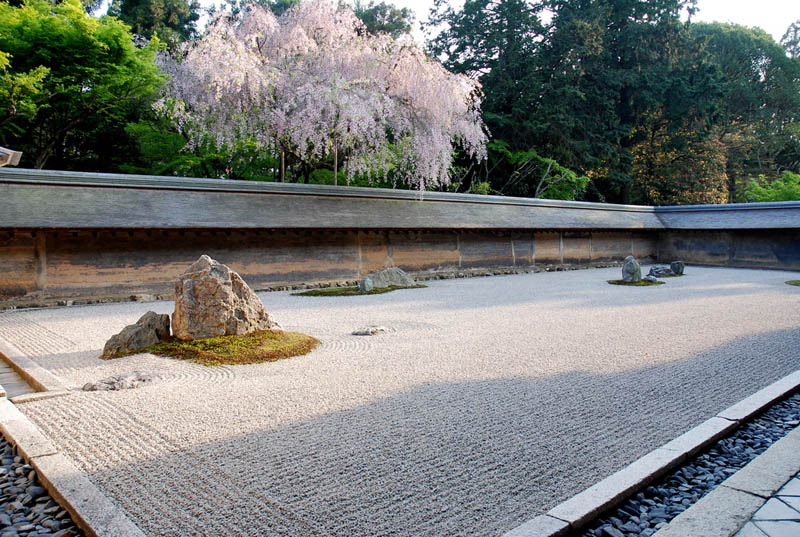
Photograph by JAIME PEREZ
4. Japanese Garden – Cowra, Australia
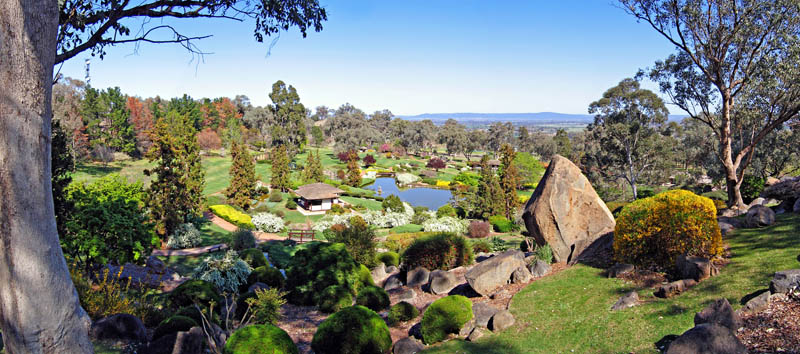
Photograph by JOHN O’NEILL
5. Ritsurin Garden – Takamatsu, Japan
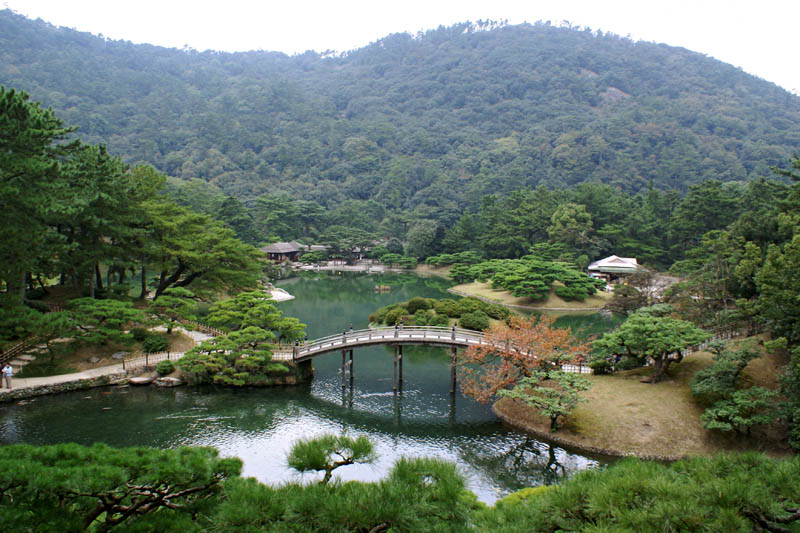
Photograph by 63highland
JAPANESE GARDENS – TYPICAL FEATURES
A catalogue of features “typical” of the Japanese garden may be drawn up without inquiring deeply into the aesthetic underlying Japanese practice. Typical Japanese gardens have at their center, a home from which the garden is viewed. In addition to residential architecture, depending on the archetype, Japanese gardens often contain several of these elements:
- Water, real or symbolic
- A bridge over the water, or stepping stones
- Rocks or stone arrangements (or settings)
- A lantern, typically of stone
- A teahouse or pavilion
- An enclosure device such as a hedge, fence, or wall of traditional character
Source: Wikipedia
6. Monte Palace Tropical Garden (Stone Lanterns) – Madeira, Portugal

Photograph by JONATHAN GROBE & HANNES GROBE
7. Daizen-Ji Zen Rock Garden – Kyoto, Japan
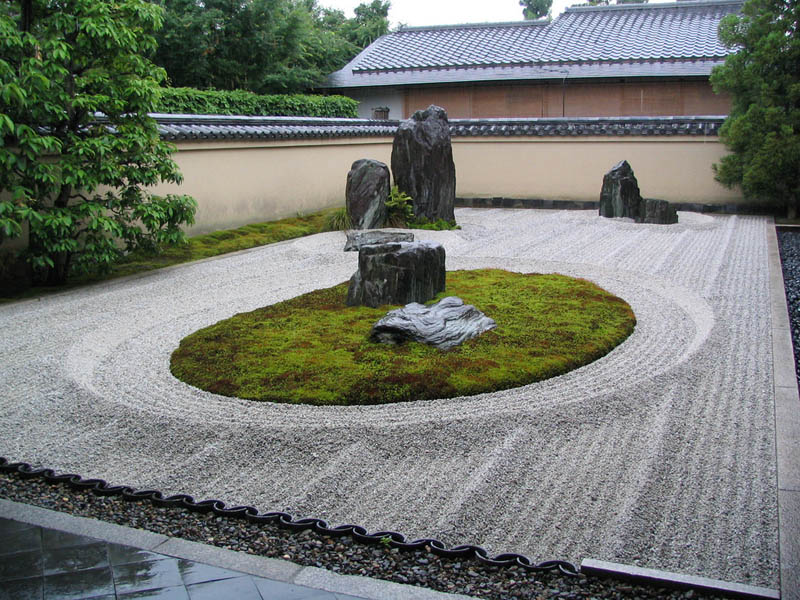
Photograph by CHRIS & SUYEN SELKE
8. Japanese Tea Garden – San Francisco, United States
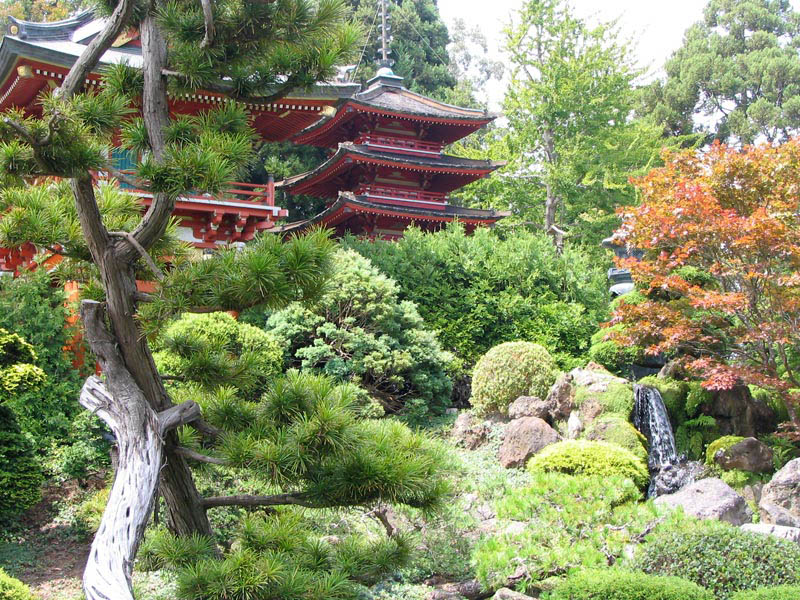
Photograph by J. ASH BOWIE
9. Ginkau-Ji Zen Garden – Kyoto, Japan
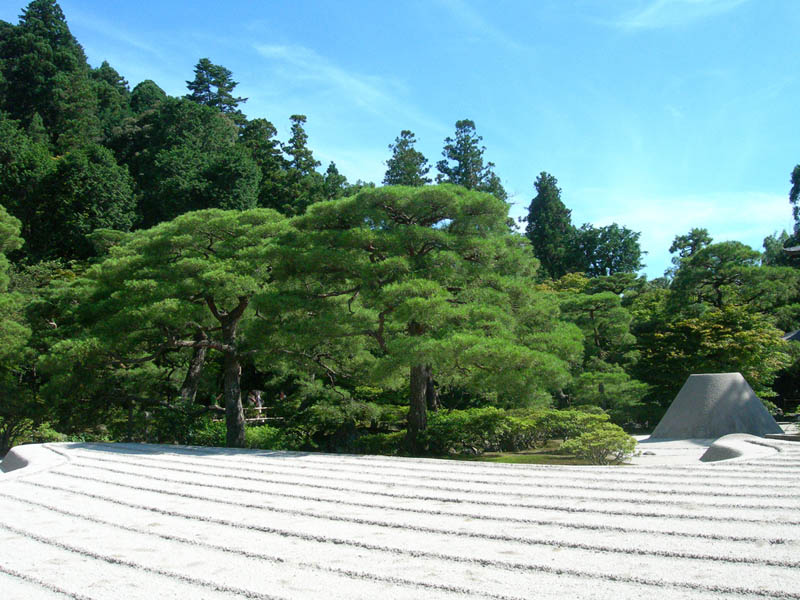
Photograph by KAISER TIA
10. Korakuen Garden – Okayama, Japan
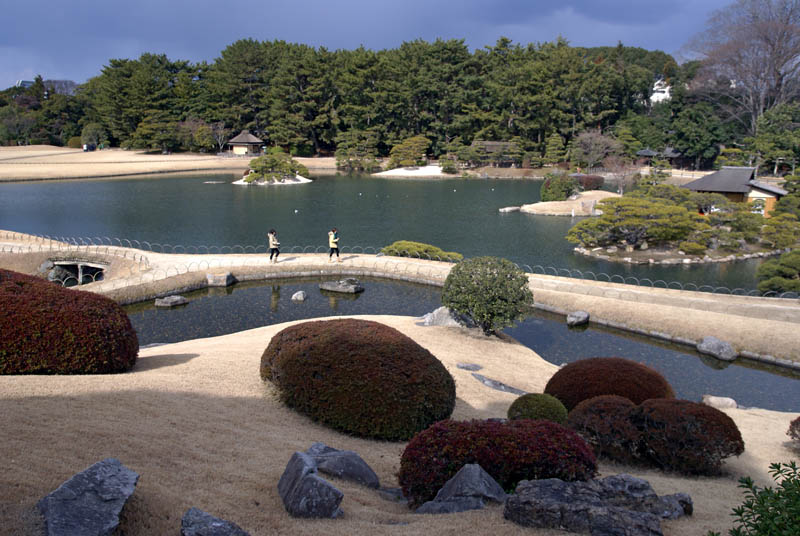
Photograph by 63highland
JAPANESE GARDENS – STONES, WATER, PLANTINGS
Though often thought of as tranquil sanctuaries that allow individuals to escape from the stresses of daily life, Japanese gardens are designed for a variety of purposes. Some gardens invite quiet contemplation, but may have also been intended for recreation, the display of rare plant specimens, or the exhibition of unusual rocks.
Kaiyu-shiki or Strolling Gardens require the observer to walk through the garden to fully appreciate it. A premeditated path takes observers through each unique area of a Japanese garden. Uneven surfaces are placed in specific spaces to prompt people to look down at particular points. When the observer looks up, they will see an eye-catching ornamentation which is intended to enlighten and revive the spirit of the observer. This type of design is known as the Japanese landscape principle of “hide and reveal”.
Stones are used to construct the garden’s paths, bridges, and walkways. Stones can also represent a geological presence where actual mountains are not viewable or present. They are sometimes placed in odd numbers and a majority of the groupings reflect triangular shapes, which often are the mountains of China.
A water source in a Japanese garden should appear to be part of the natural surroundings; this is why one will not find fountains in traditional gardens. Man-made streams are built with curves and irregularities to create a serene and natural appearance. Lanterns are often placed beside some of the most prominent water basins (either a pond or a stream) in a garden. In some gardens one will find a dry pond or stream. Dry ponds and streams have as much impact as do the ones filled with water.
Green plants are another element of Japanese gardens. Japanese traditions prefer subtle green tones, but flowering trees and shrubs are also used. Many plants in imitated Japanese gardens of the West are indigenous to Japan, though some sacrifices must be made to account for the differentiating climates. Some plants, such as sugar maple and firebush, give the garden a broader palette of seasonal color.
Source: Wikipedia
11. Hamilton Gardens – Waikato, New Zealand
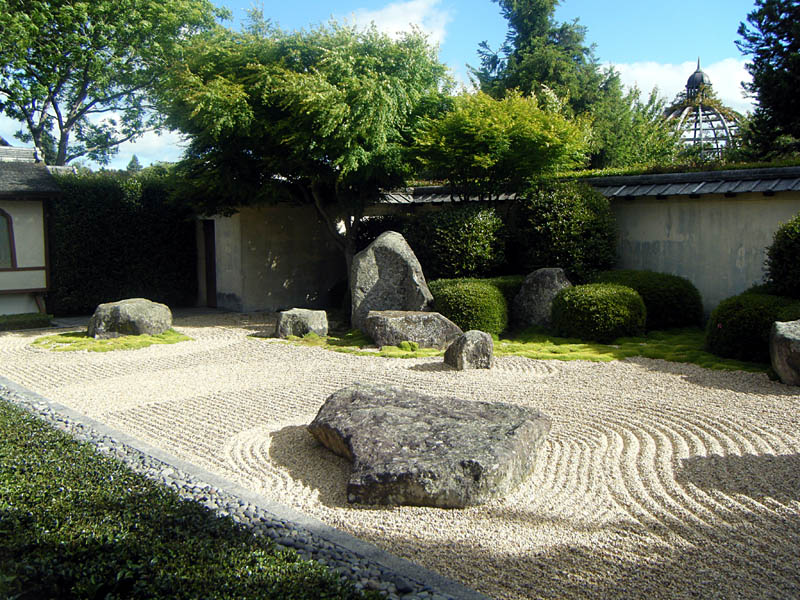
Photograph by Bit2span
12. Zen Rock Garden – Japan
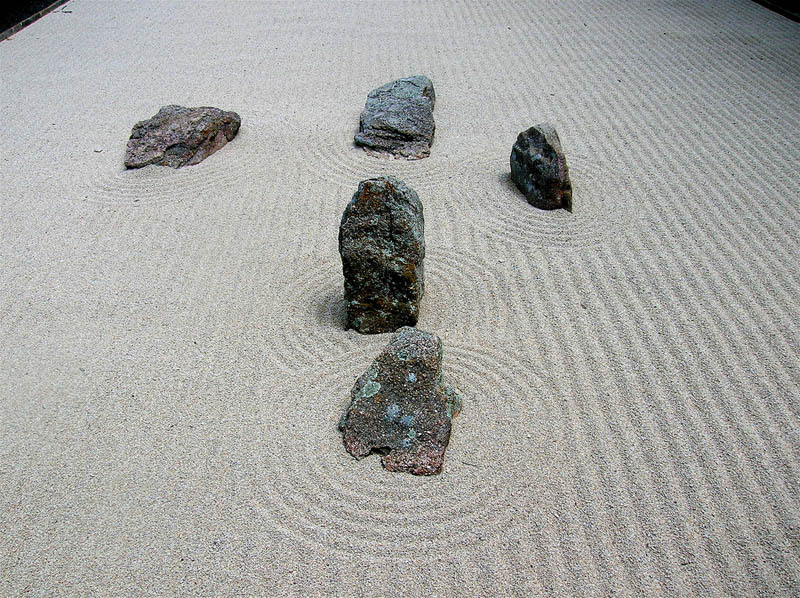
Photograph by BRIGGITTE JEANNETTE
13. Japanese Garden – Netherlands

Photograph by FRANS SCHMIT
14. Zen Garden – Portland, United States
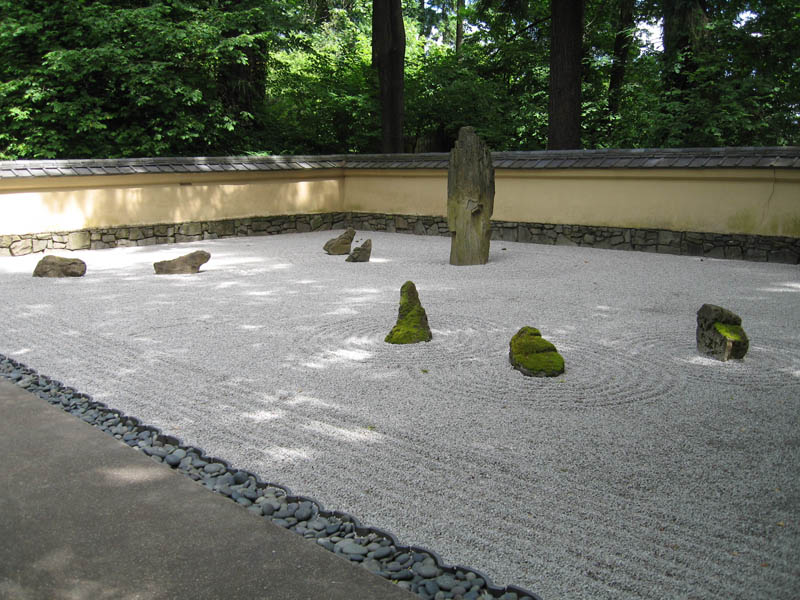
Photograph by LAURA SCUDDER
15. Adachi Museum of Art – Yasugi, Japan
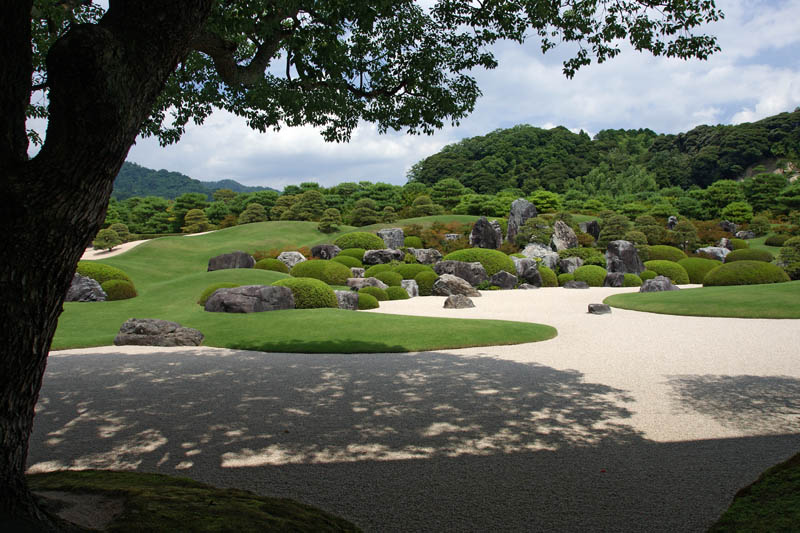
Photograph by 63highland
JAPANESE ROCK [ZEN] GARDENS
The Japanese rock gardens (karesansui) or “dry landscape” gardens, often called “Zen gardens”, were influenced mainly by Zen Buddhism and can be found at Zen temples of meditation. Karesansui gardens can be extremely abstract and represent (miniature) landscapes also called “mind-scapes”. This Buddhist preferred way to express cosmic beauty in worldly environments is inextricable from Zen Buddhism.
Unlike other traditional gardens, there is no water present in Karesansui gardens (or the karesansui compartment of a garden). There is gravel or sand, raked or not raked, that symbolizes sea, ocean, rivers or lakes. The act of raking the gravel into a pattern recalling waves or rippling water has an aesthetic function. Zen priests practice this raking also to help their concentration. Achieving perfection of lines is not easy. Rakes are according to the patterns of ridges as desired and limited to some of the stone objects situated within the gravel area. Nonetheless often the patterns are not static. Developing variations in patterns is a creative and inspiring challenge.
Stone arrangements and other miniature elements are used to represent mountains and natural water elements and scenes, islands, rivers and waterfalls. Stone and shaped shrubs are used interchangeably. In most gardens moss is used as a ground cover to create “land” covered by forest. Other, mostly stone, objects are sometimes used symbolically to represent mountains, islands, boats, or even people. Karesansui gardens are often, but not always, meant to be viewed from a single vantage point from a seated position.
Source: Wikipedia
16. Suizenji-jojuen Garden – Kumamoto, Japan
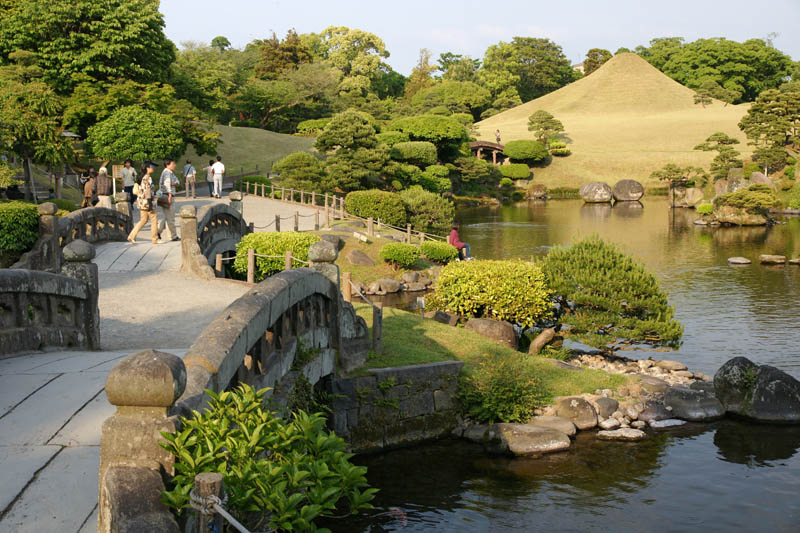
Photograph by 63highland
17. Keiunkan Garden – Nagahama, Japan
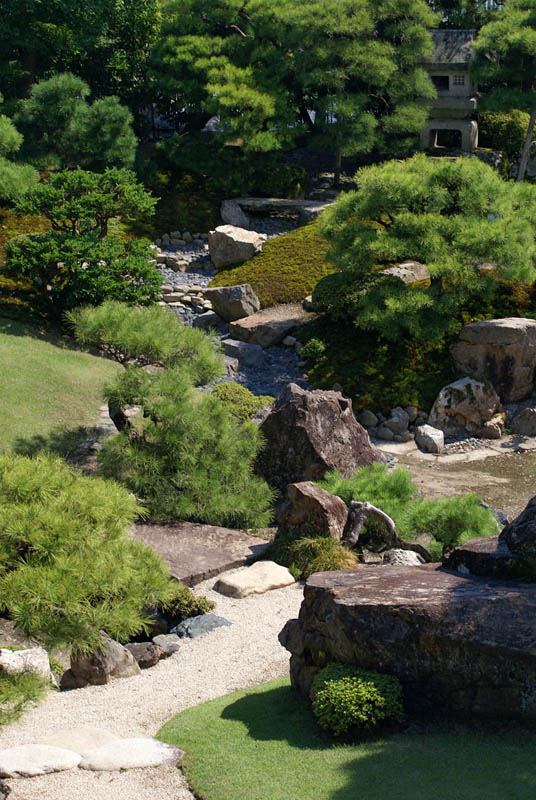
Photograph by 63 highland
18. Japanese Rock Garden – Koyasan, Japan
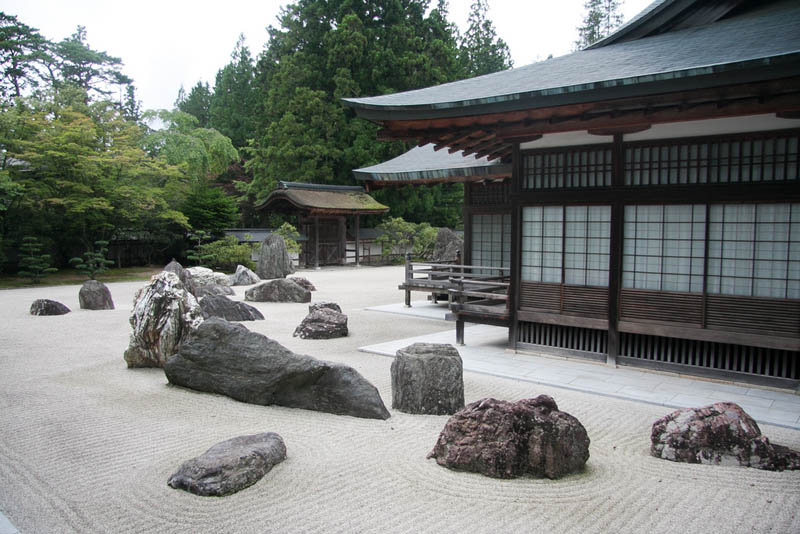
Photograph by ANTHONY FINNEY PHOTOGRAPHY
19. Japanese Gardens – Portland, United States
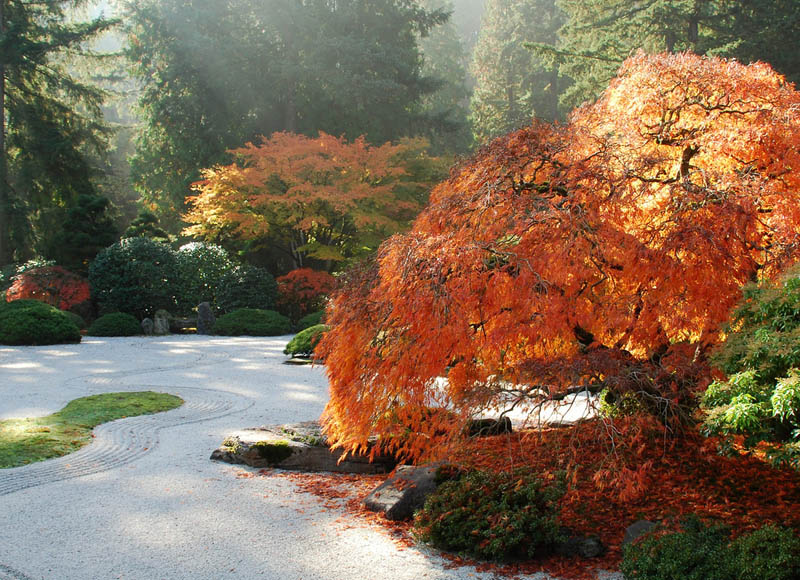
Photograph by STEPHEN GRAY
20. Como Park Conservatory – Minnesota, United States
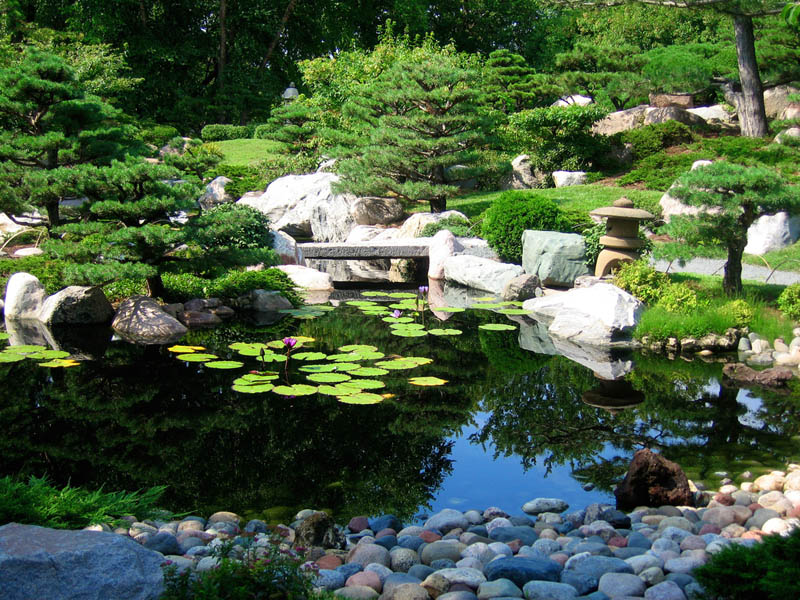
Photograph by KRISTI SAUER
If you enjoyed this post, the Sifter highly recommends:
20 Impressive Moats Around the World
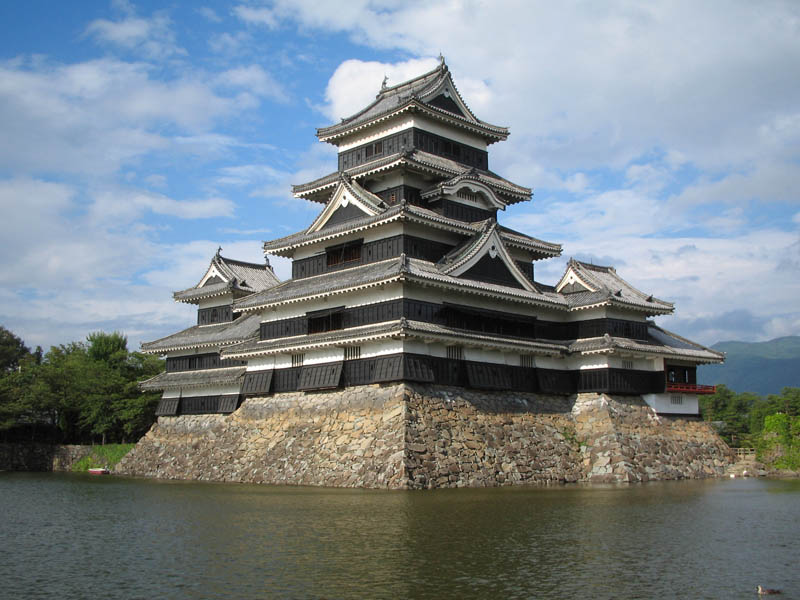

No comments:
Post a Comment
Note: Only a member of this blog may post a comment.